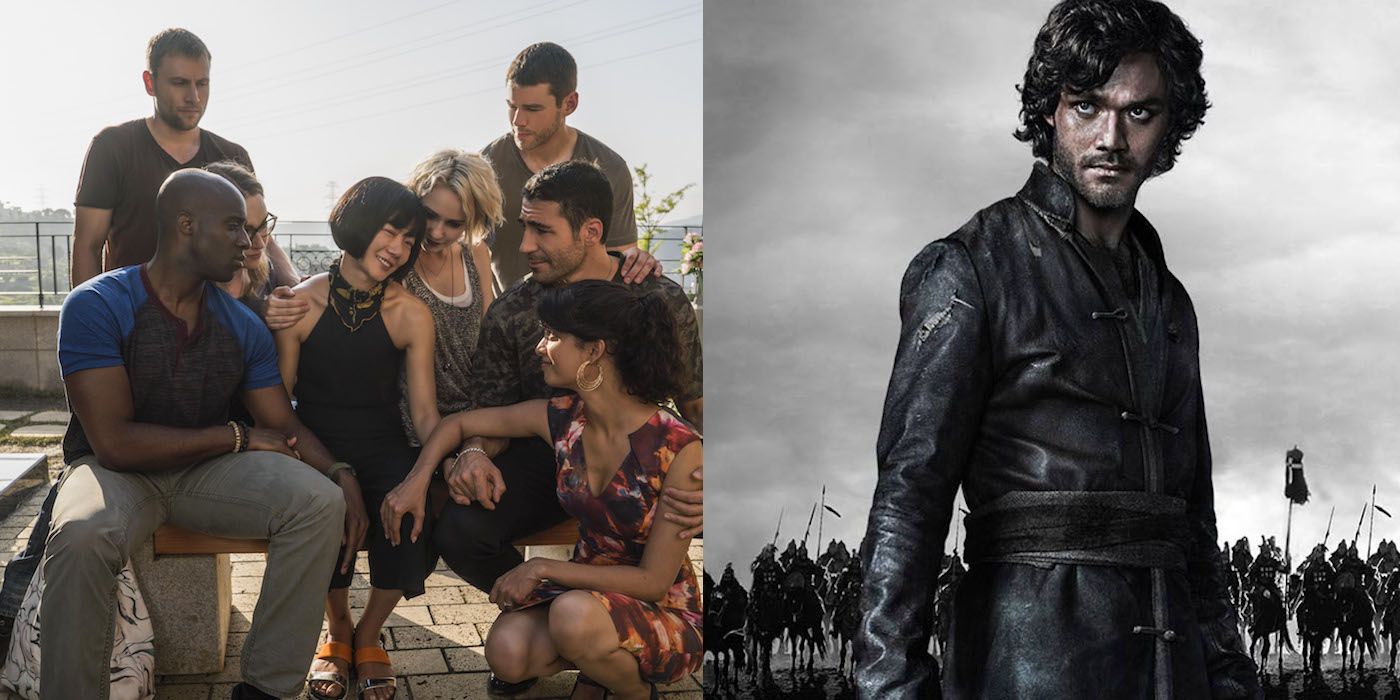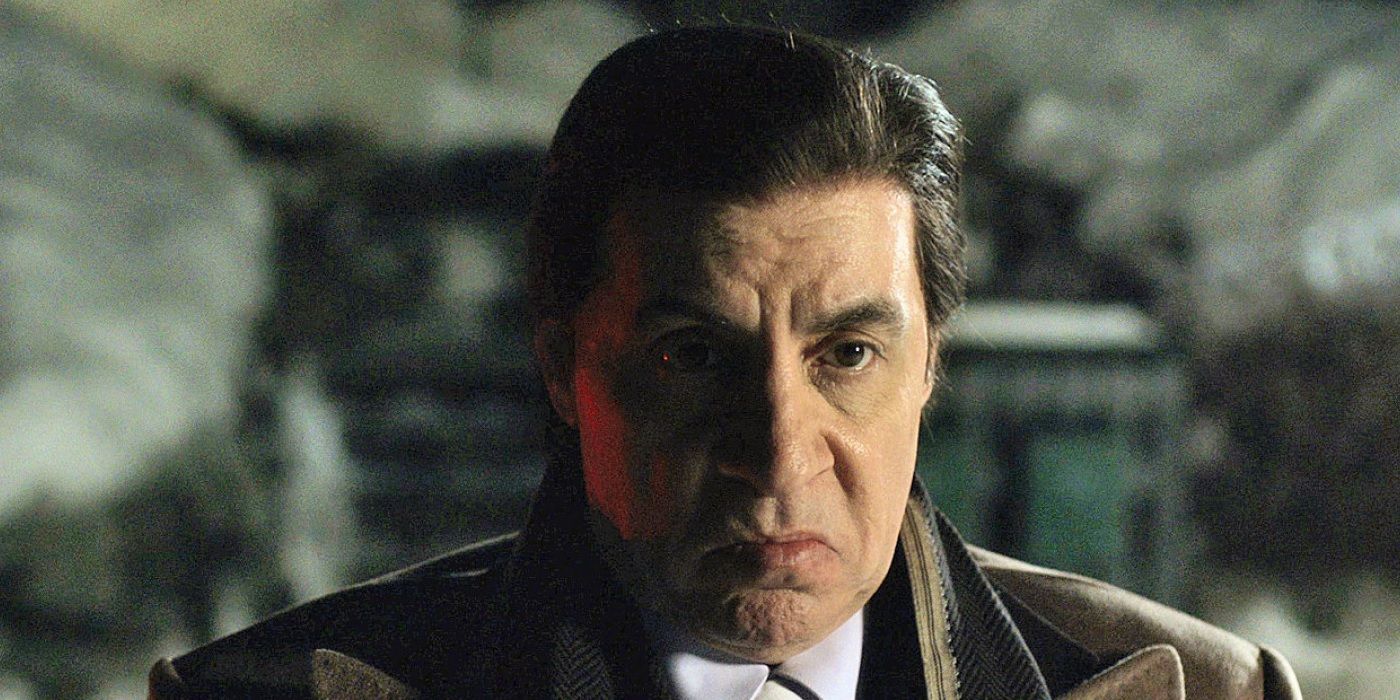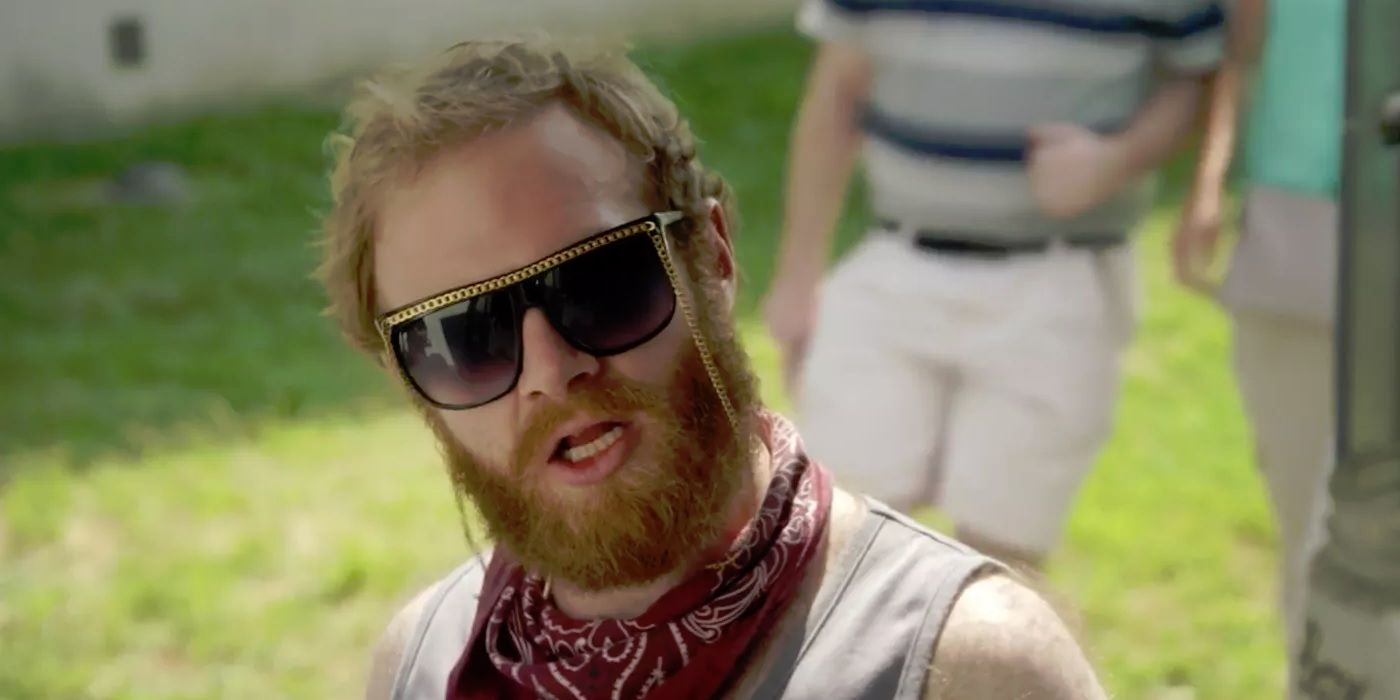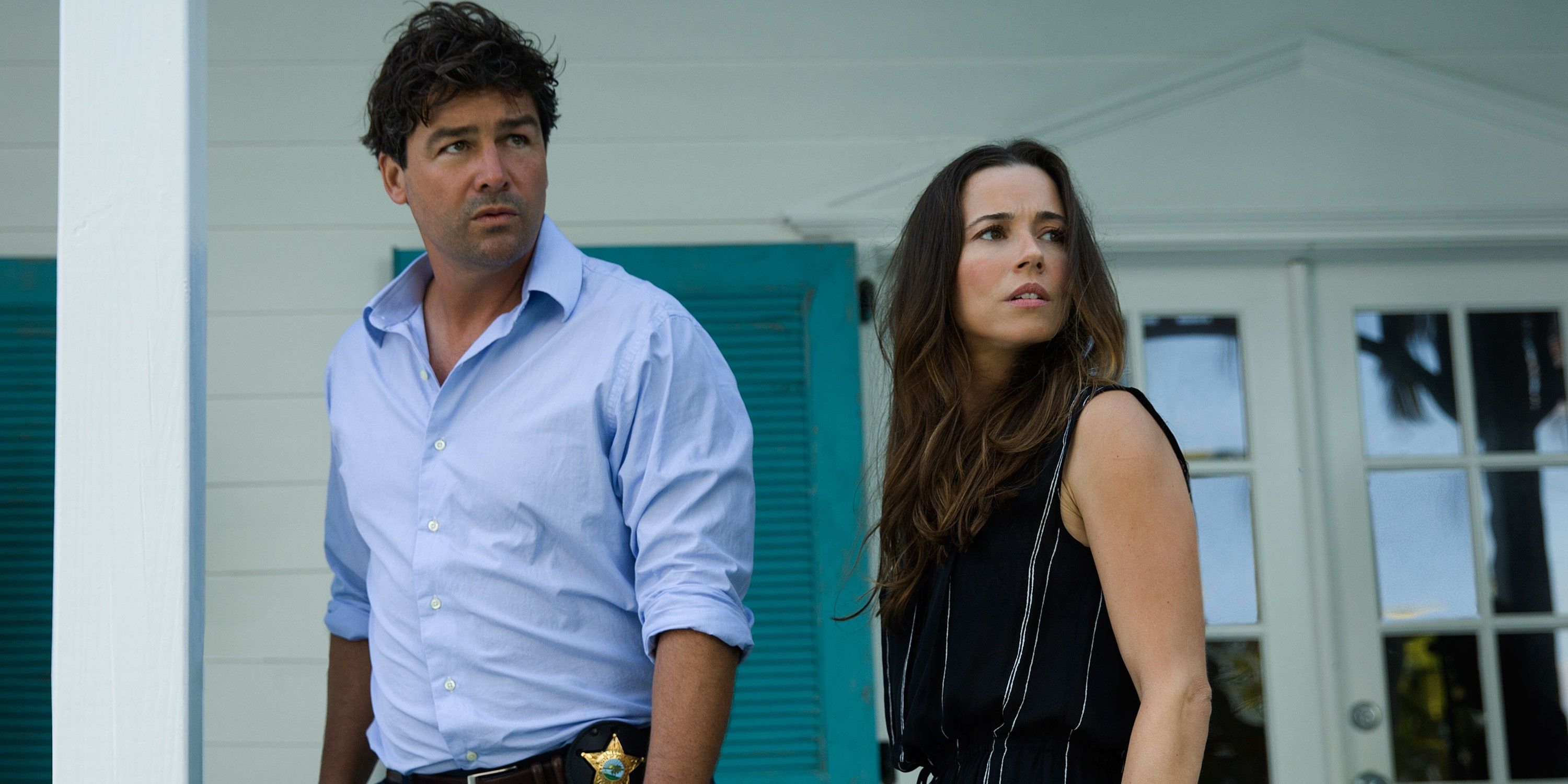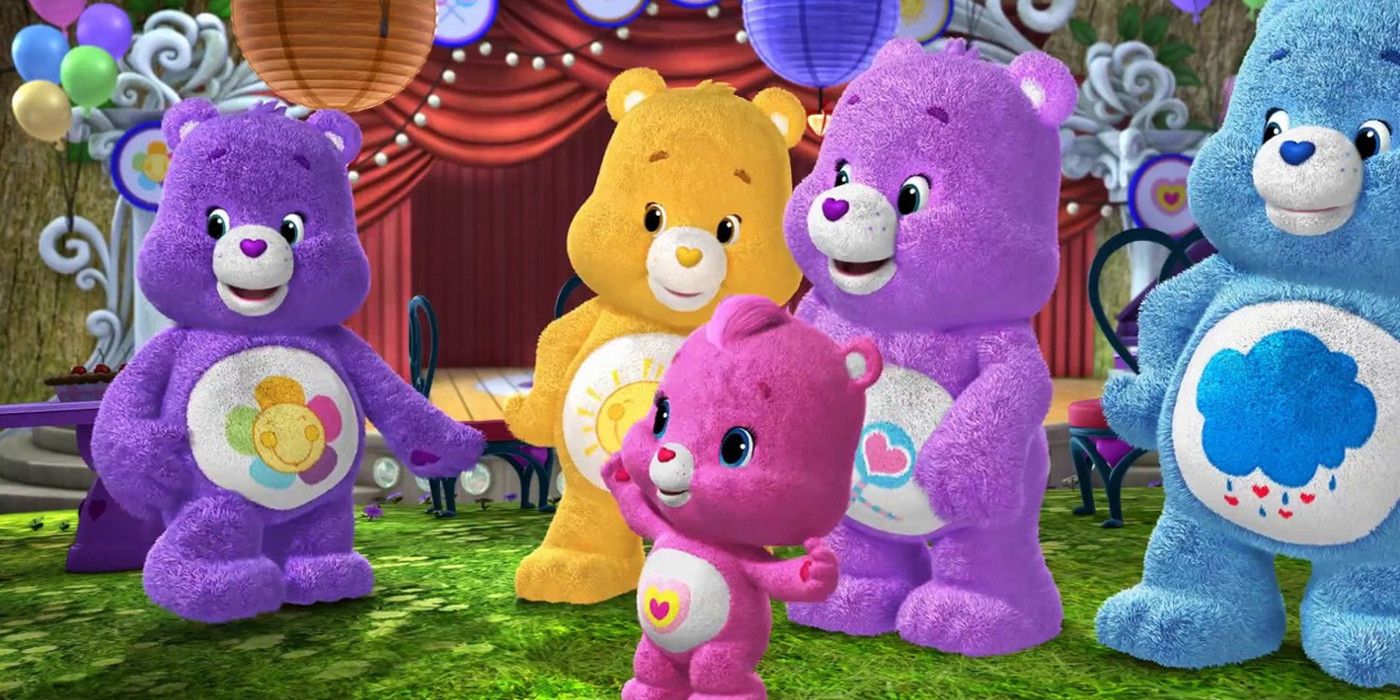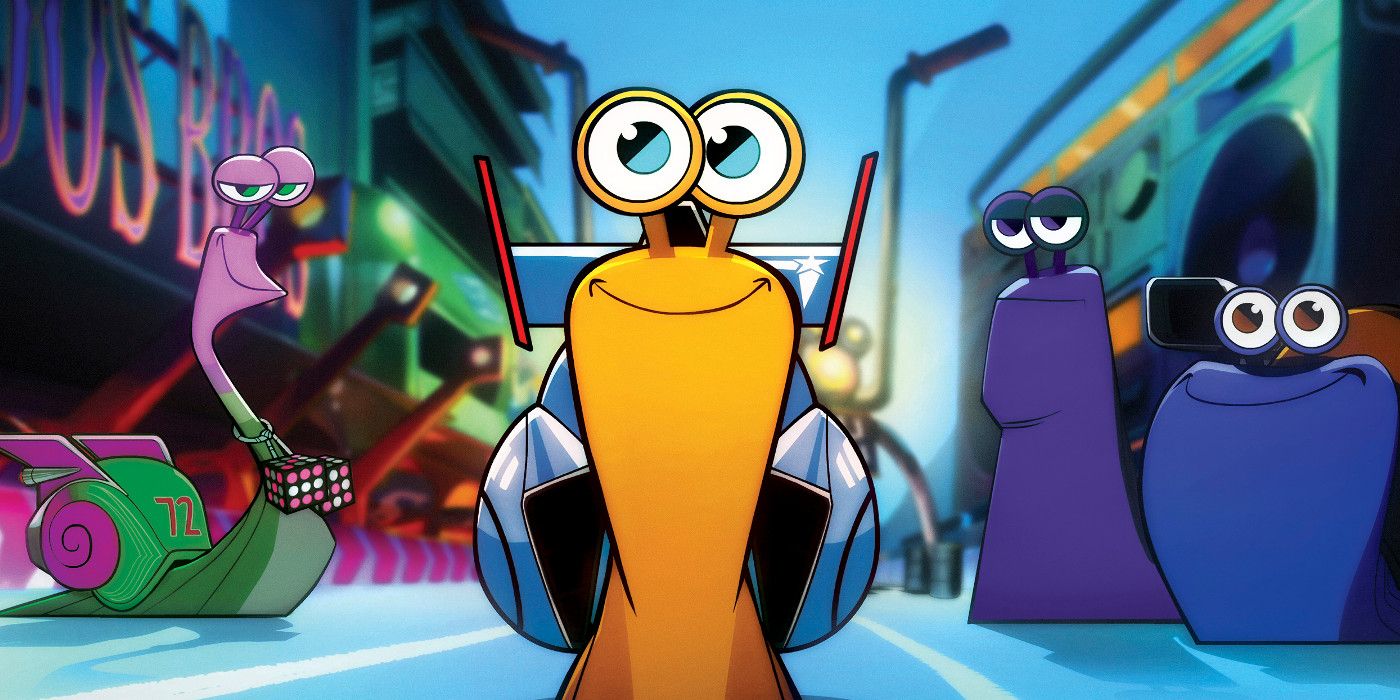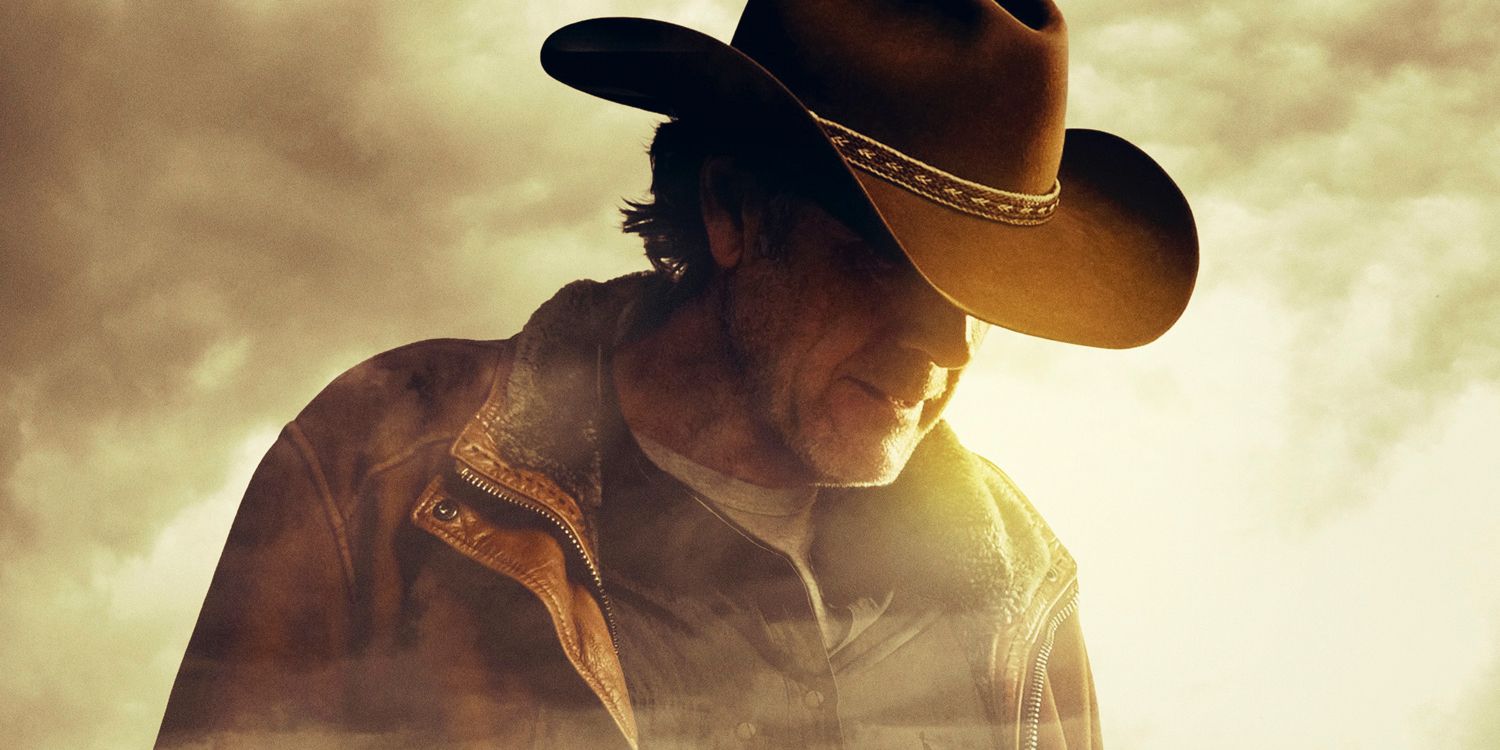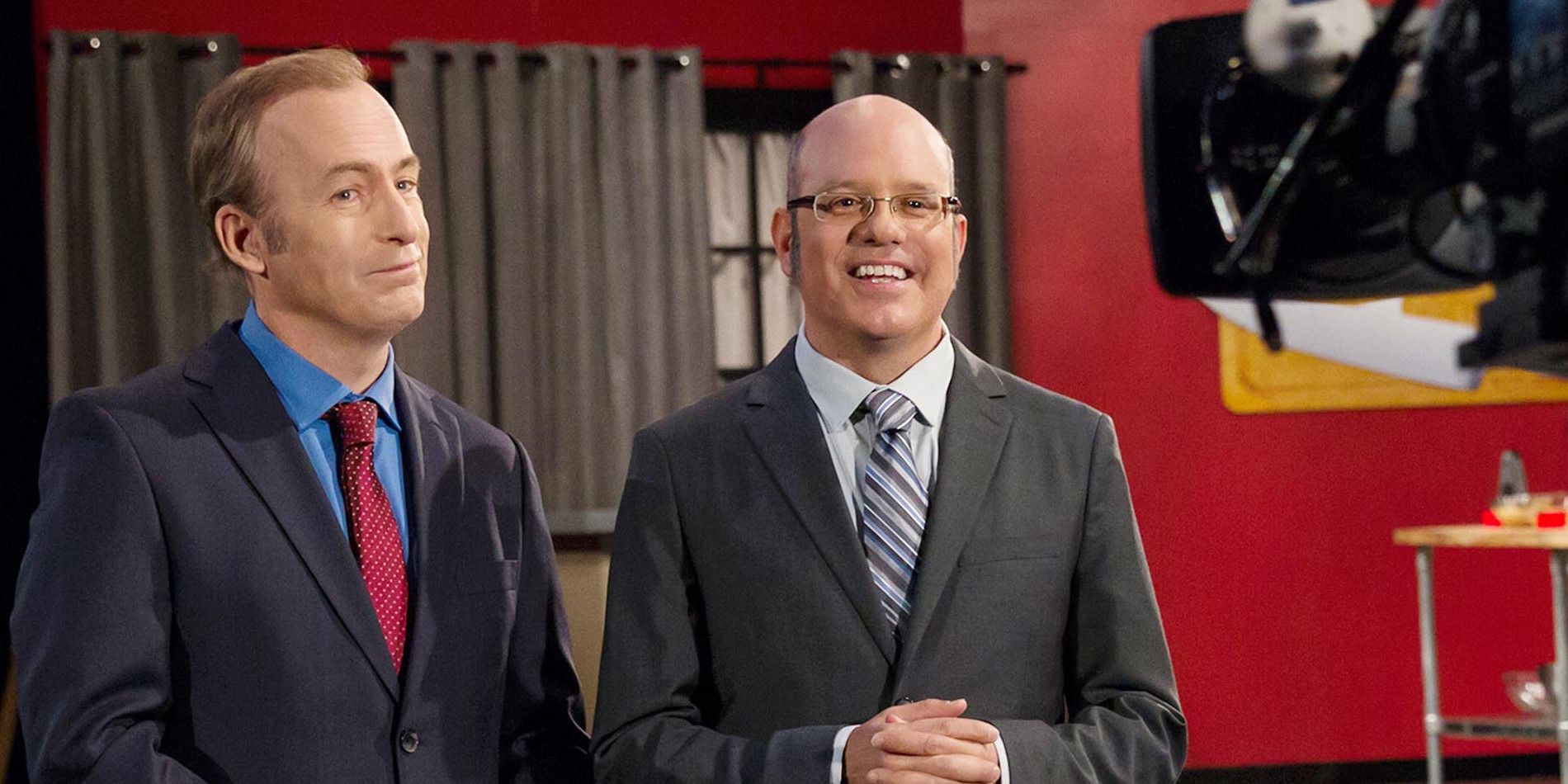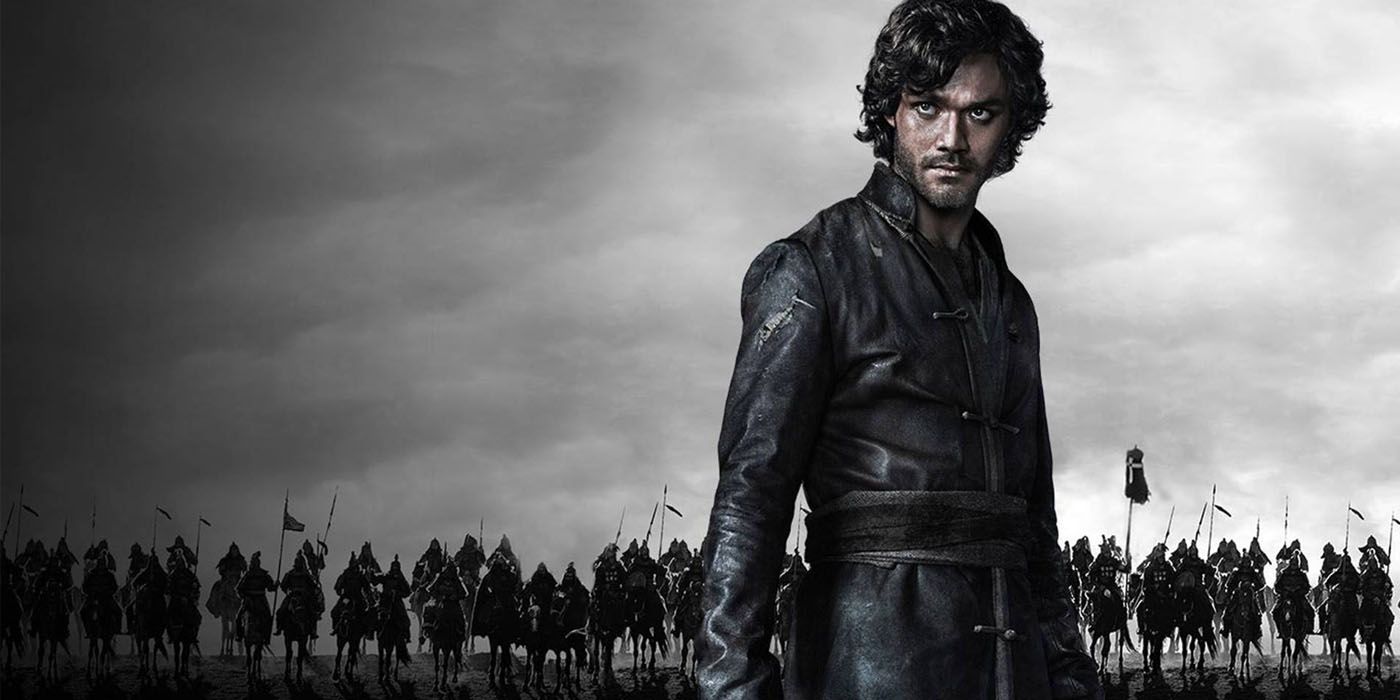Netflix may be an industry leader, but it’s also an enigma. Outside the walls of the world’s ninth most-profitable internet company, no one knows the ratings of its beloved shows. Iron Fist may have been the most binge-watched show of 2016, but the numbers to back up that superlative remain ambiguous. House of Cards is also a mainstay of the Netflix original series pantheon, but even with Kevin Spacey pulling in a half-million-bucks per episode, the exact amount of viewers has still never been specified. When it comes to network television like The Big Bang Theory, however, viewership and cast salaries are public information.
All this is to say that Netflix plays by different rules. Their metric for success is different than the rest, as is their formula for achieving it. Though their original content may consistently leave the networks in the dust, Netflix’s series of cancellations in recent months have proven that they’re not entirely opposed to the old model. As Netflix CEO Reed Hastings told CNBC, “We have to take more risks. You have to try more crazy things because we should have a higher cancel rate overall.” Let the games begin.
Here are the 15 Biggest TV Shows Netflix Cancelled:
15. Girlboss
It’s only fitting that we start with the most recent victim on the Netflix chopping block. Coming from the mind of Pitch Perfect scribe Kay Cannon, Girlboss was heralded as the next big thing for the millennial crowd. Led by rising star Britt Roberson, the loosely-based biopic on Nasty Gal founder Sophia Amoruso seemed destined to the fill a new niche for Netflix.
Within weeks of its mid-April premiere date, however, Girlboss fell out of the zeitgeist and into the second-hand stream of original content. Though it was dealt a blow from mediocre critical reviews, casual viewers seemed to enjoy the show and were angered by Netflix’s sudden cancellation just two months after its debut. Girlboss may have had all of the right ingredients, but in this competitive era of programming, it failed to move the needle.
14. The Get Down
At the end of the day, everything is about economics. Even with legendary director Baz Luhrmann at the helm of a narrative showcasing the rise of hip-hop in 1970s New York, The Get Down could never rise up. With a total production cost rumored at over $190 million, Netflix wrote a mega check to tell Luhrmann’s “mythic saga of how New York at the brink of bankruptcy gave birth to hip-hop, punk and disco.”
How ironic that The Get Down would become Netflix’s biggest financial albatross yet. Indeed, the original production cost was estimated around $120 million, but as production demands accumulated, the individual cost per episode ballooned to $16 million (nearly three times the cost of the “expensive” standard for network TV). Even for the deep pockets of Netflix, that was hard to stomach, and the series was axed by the end of season 1 in May.
13. Hibana (Spark)
Netflix may make the most noise with shows like Stranger Things and Daredevil, but a big part of the company's success lies in its international appeal. Though their foreign shows aren't well known in America, the entertainment scion has built shows for countries around the globe, from the French political thriller Marseille to the Mexican-soccer focused Club de Cuervos.
Of Netflix’s most-viewed foreign dramas, however, only a few have failed to receive a renewal. Despite airing in over 190 countries, the Japanese series Hibana (meaning “Spark” in English) debuted in the summer of 2016 to surprisingly little fanfare. Though Japanese public broadcaster NHK picked up the show in January 2017, Netflix appears to have backed away from continuing the drama into season 2. While Hibana’s spark may have gone out, the entertainment mogul remains focused on continuing multiple productions in Japan.
12. Lilyhammer
When asked which original series Netflix premiered first, most guesses might point to Orange is the New Black or House of Cards. As it happens, Lilyhammer is the Founding Father of Netflix’s original content. Though co-produced with the Norwegian Broadcasting Corporation (NRK), the gangster drama got picked up by Netflix in 2012 and set the standard for exclusive content. Though it never gained the following that Frank Underwood and Piper Chapman have earned, Lilyhammer fans loved the show and Steven Van Zandt’s central performance.
After three seasons of mafioso and witness-protection theatrics, however, Netflix balked at a fourth season and returned the rights back to NRK. As a slew of Marvel series were in-production and Netflix became increasingly ambitious with its programming, Lilyhammer simply got left behind.
11. Netflix Presents: The Characters
With shows ranging from prison dramas to supernatural thrillers, Netflix casts a wide net with its content library. Through The Characters, Netflix's reach extended even to the arena of improvisational and sketch comedy. Though it was a relatively inexpensive investment, The Characters was seen as both an experiment with Netflix’s widening appeal and a rare opportunity for up-and-coming comics to get their time in the spotlight.
As the rules stated, each actor had a full half-hour episode to bring the heat. Drawing on their favorite characters and most absurd situations, the comics would have full reign to design their episodes and skits however they imagined. Though many appreciated Netflix’s willingness to try something new, The Characters never mustered enough attention to warrant a second season.
10. Atelier
Co-produced with Fuji Television, Atelier (originally called “Underwear”) had a promising start for Netflix. Set in the world of a high-end Japanese lingerie company, Atelier follows the rise of a country girl who finds herself embroiled in an increasingly posh industry. Though obsessed with textiles and knowledgeable of all things lingerie, Mayuko Tokito is a fish out of water at Emotion, where looks and attitude are prized high above integrity and ingenuity. Call it The Devil Wears Prada of the lingerie world.
Atelier struck a chord with viewers around the globe. While it even seemed to catch the attention of western audiences, Netflix quietly marketed the show and left it to be discovered by scrolling through the seemingly limitless library. As a result, Atelier appears to be a one-season show.
9. Bloodline
Bloodline could have stopped at the end of season 1. Huge secrets were revealed, major characters died, and the series answered enough questions to remove the burden of needing a sophomore season. As the show’s creator Todd Kessler likened it to Crime and Punishment, however, in which the murder happens well in the first “act” of the book, he believed “[Bloodline’s] first season just gets us to the starting line.” Cue additional episodes. Led by Kyle Chandler, the series spun a compelling yarn in the haunting humidity of the Florida Keys. As it progressed into season 2 and unpacked the ramifications of the first season, Bloodline lost its pulse.
By the time season three rolled around, the show was dead in the water. Whether because of lagging viewership, exorbitant production costs, or a general malaise towards the series, Netflix axed Bloodline and made it the company’s third series to receive such a fate.
8. Care Bears & Cousins
There was much fanfare when Ted Sarandos, Netflix’s chief content officer, revealed that the content giant would be carrying the torch for the Care Bears. From movies to television to parodies on Robot Chicken, the plush creatures of the Forest of Feelings have been in the public eye for decades. After Sarandos’ announcement that Care Bears & Cousins would land at Netflix, the entertainment trades trumpeted the news.
If only that enthusiasm carried over into the series. Care Bears & Cousins made as innocuous an impact as its cuddly characters. Despite an overhaul in animation and a shiny new appeal, the revival was dead on arrival. With two short, six-episode seasons on Netflix, Care Bears & Cousins was swiftly forgotten and left to be discovered in the annals of Netflix's content library.
7. Turbo FAST
With hits like BoJack Horseman and Voltron, Netflix is no stranger to successful animated series. For every F is for Family, however, there’s a short-lived Care Bears & Cousins and Turbo FAST, Netflix’s second major foray into animation. Following in the vein of its big screen brother, the 2013 DreamWorks Animation movie Turbo, the Netflix counterpart landed on the small screen just months after the cinematic release. Considering the feature version carried a $14 million write-down for the studio, it’s surprising that Netflix remained so enthusiastic with the property.
Still, Turbo FAST stayed in the game for three seasons and mustered a 52-episode run before ultimately hitting the wall. Though some fans were clamoring for a fourth season, Netflix elected to call it quits and move on to more lucrative ventures.
6. Hemlock Grove
After Lilyhammer got whacked, executive producer Eli Roth’s Hemlock Grove was next to go. As pioneers of the renew-and-cancel approach, Netflix gave the horror series a third season before putting it down once and for all. Despite starring a solid cast and featuring Roth’s signature twisted mind, Hemlock Grove was met with milquetoast reviews in its first season (averaging just 27% on Rotten Tomatoes) and made only slight improvements in its sophomore outing. With its predictable narrative and substandard production value, the series played well with horror enthusiasts, but withered before mainstream audiences.
The proof was in the pudding early on. Back when Netflix could only compare Hemlock Grove to its small library of House of Cards and Orange is the New Black, Eli Roth’s series lagged behind its brethren on social media platforms. While Frank Underwood's series had hundreds of thousands of followers on Twitter, for example, Hemlock fans had just a fraction of the fandom. Following the demise of Lilyhammer, industry analysts eagerly awaited another Netflix cancellation and finally got their fix with Hemlock Grove.
5. Longmire
For shows like The Killing, Arrested Development, and Star Wars: The Clone Wars, Netflix is a saving grace. By continuing beloved series that got canceled in the world of network television, Netflix enhances its ever-expanding appeal. By reviving Longmire after A&E abruptly ended its three-season streak, the streaming giant boldly bought the rights and carried it for an additional three seasons and 30 episodes.
All good things must come to an end, of course, and Netflix opted to give Longmire a loving goodbye with its sixth and final season (airing a full year after its official cancellation date). That’s an impressive run for a show that skews towards an older crowd and relies on procedural narrative over supernatural and sexy appeal. As with Hemlock Grove and Bloodline, Longmire's bitter pill of cancellation is made easier to stomach with its upcoming finale.
4. Sense8
With Sense8, the Wachowski siblings’ first original series carried a price tag of $9 million per episode. Even for The Matrix directors, that’s hard to fathom, and considering the sci-fi series failed to catch fire with audiences, Netflix had an easy out with canceling the show.
For Sense8 loyalists, the decision to end the series was abrupt and infuriating. Just weeks after season two ended with a cliffhanger, Netflix turned its back on the show. Following major backlash over the cancellation (which sent Lana Wachowski into “a fairly serious depression”), Netflix did an about face and promised fans a two-hour finale episode to tie up loose ends. Though not as significant as NBC’s total revival of the harshly-cancelled Timeless, Netflix has endeared itself to fans by granting Sense8 some semblance of completion.
3. W/Bob & David
Over 20 years ago, David Cross and Bob Odenkirk made waves with their inimitable series, Mr. Show. HBO ran it from 1995 to 1998, and despite its success, Mr. Show left the limelight once and for all until Odenkirk and Cross returned to Netflix in W/Bob and David in 2015. Running only four, half-hour long shows, it’s clear that Netflix wanted to test the waters before jumping in whole hog. Odenkirk and Cross are clever as can be, but their brand of humor is far from mainstream. It’s like watching the rehearsals of Saturday Night Live – funny, but less precise and tested.
Though Cross and Odenkirk have expressed interested in returning to the series (and making more than just four episodes), Netflix seems to have let the conversation stall. Though some blame the lack of additional episodes on Odenkirk’s tight production schedule with Better Caul Saul, it remains to be seen if audience demand is equal to the actors’ enthusiasm. Without a second season renewal, it appears W/Bob and David is on track to repeat the trajectory of Mr. Show.
2. Richie Rich
Richie Rich may be a fixture of 1990s America, but it’s far from off limits for a remake. Netflix showed no fear in moving the property to series form, tapping Jake Brennan for the title role and launching the show in February of 2015. By May of that year, two seasons and 21 episodes had aired, all of which failed to garner moderate critical praise and audience appreciation. As time went on and the home office neither promoted the series nor commented on the state of affairs, it became clear that Netflix had pulled the plug on Richie Rich.
Though the entertainment giant failed to maintain the energy of the 1994 Macaulay Culkin hit, its other adolescent content like Project Mc2 has more than picked up the slack.
1. Marco Polo
If Game of Thrones is one of the most expensive TV shows ever made, Marco Polo is close behind. Following Starz’s abortive attempts to get the historical epic off the ground, Netflix picked up the slack for a hefty price tag of $90 million. Considering the first season had just ten episodes, production ultimately amounted to over $9 million each. Given the show’s on-location filming in Italy and Kazakhstan, it’s easy to imagine how the bills accumulated.
It was a bold effort for Netflix, but the reward never matched the risk. Lackluster reviews and audience reception to Marco’s maiden voyage put inordinate pressure on season two to up the ante. Though Netflix remained committed to the enterprise, the follow-up episodes failed to generate renewed interest, forcing executives to take Marco Polo off the map for good.
--
What's next on the Netflix chopping block? Which of these cancellations angered you the most? Let us know in the comments!

